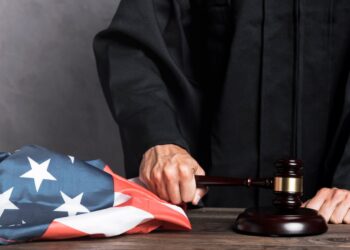The Union government announced on Monday that it had ordered YouTube to remove 45 videos across ten channels after alleging that they provided false information meant to incite religious hate.
According to the Information Technology (Intermediary Guidelines and Digital Media Ethics Code) Rules, 2021, the order had been issued on September 23. According to a press statement from the Union Ministry of Information and Broadcasting, the videos that were blocked together received more than 1 crore 3 million views. The channels and videos that the government has instructed YouTube to remove are not listed by the ministry.
According to section 69A of the information technology act, the union minister of electronics and information technology may issue instructions of a similar nature. The orders issued by the I&B ministry under section 69A are expected to be private, in contrast to the IT standards that govern those orders.
13 videos from The Live TV on YouTube, 9 from Hind Voice, 6 each from Inqilab Live and Desh India Live, 4 from Mr. Reaction Wala, 2 from GetsetflyFACT and 4PM, and 1 each from the channels of National Adda, Dhruv Rathee, and Vinay Pratap Singh Bhopar were among those that were blocked.
According to the Centre, fake news in the videos featured “false claims such as the government has taken away the religious rights of certain communities, violent threats against religious communities, declaration of civil war in India, etc.”
The government said that some of the videos propagated false information about the armed forces, Kashmir, the Agnipath short-term military recruiting plan, and the nation’s security establishment. Another video that was removed stated that everyone working for the Central Industrial Security Force had been fired.
A few videos appeared to represent Ladakh and areas of Jammu and Kashmir as being outside of India, the Center claimed. A well-known YouTube user named Dhruv Rathee shared one of these videos in the backdrop of the political events in Pakistan that culminated in the ousting of Imran Khan, the nation’s former prime minister.
One of the restricted videos is “Why Imran Khan lost? Political crisis in Pakistan” by YouTuber Dhruv Rathee. The government claims that it depicted portions of Indian territory in Pakistan.
The restricted information, according to Anurag Thakur, Union Minister for Information and Broadcasting, “was found to be detrimental to sovereignty and integrity of India, security of the State, India’s friendly relations with foreign States, and public order in the country”.
He declared that the administration was dedicated to thwarting any attempt to compromise India’s sovereignty and integrity.
The administration has issued a similar decree twice in less than two months. On August 18, the ministry issued instructions for the shutdown of eight YouTube channels and one Facebook account for allegedly disseminating false information on India’s public order, foreign relations, and national security. According to the authorities, one of the eight channels was run from Pakistan.
According to concerns of false news and information undermining India’s sovereignty and integrity, the Center has since 2021 suspended 94 YouTube channels, 560 URLs, and 19 social media accounts, Union Minister Anurag Thakur informed the Parliament in July.
In the past, the government has been in conflict with the law for issuing takedown orders to address the problems of false news, disinformation, and anything that might undermine India’s sovereignty and integrity. When the Ministry of Electronics and Information Technology issued certain takedown orders in July, the microblogging service Twitter filed a petition with the Karnataka High Court to challenge those orders.
While before the high court on Monday, senior lawyer Arvind Datar argued on behalf of Twitter that a tweet that reads “I love my country but not my government” is not seditious but rather a legitimate practice of the right to freedom of expression guaranteed by Article 19.
When the case went to court, Justice Krishna S. Dixit questioned if there was a law that permitted removed information to be put back online. The same is not specified by section 69A blocking rules or IT regulations.
The government argued that the platform cannot be the judge of free expression in the court and asked for the plea to be dismissed.











